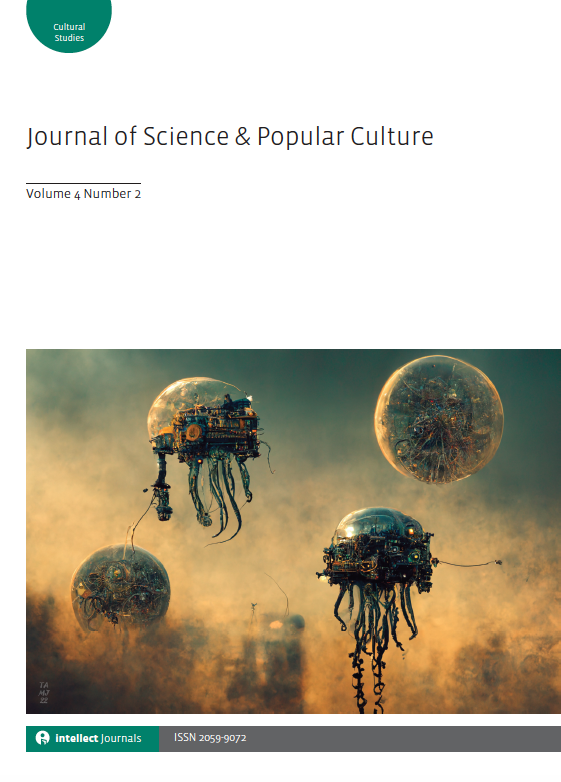
Full text loading...

The image of the prehistoric hominin is well known: brutish and hairy, the men hunt with impressive weapons, while women tend to children or kneel over a hide. In this article I consider didactic illustrations and re-creations of human relatives in the context of science and art. I argue that these images are laden with symbolic sociopolitical meanings and are heavily biased by not only the newest scientific findings but also ideas about gender roles and civilization/civility in popular culture. Artistic representation in educational materials tends to reflect popular conceptions of ancestral life, more than data-dependent interpretations. For example, there is a bias against artistic depictions of women, children or the elderly and activities typically associated with them. Men and male activities – particularly hunting – are overrepresented. Hairy bodies, stooped posture, acute facial angles, savagery and a lack of material culture function as a symbol of incivility or animality. They are used to code an individual as being sufficiently inhuman to create a comfortable separation between viewer and ‘caveman’, which ultimately reflects our ambiguous relationship to human evolution.

Article metrics loading...

Full text loading...
References


Data & Media loading...

Publication Date:
https://doi.org/10.1386/jspc_00018_1 Published content will be available immediately after check-out or when it is released in case of a pre-order. Please make sure to be logged in to see all available purchase options.